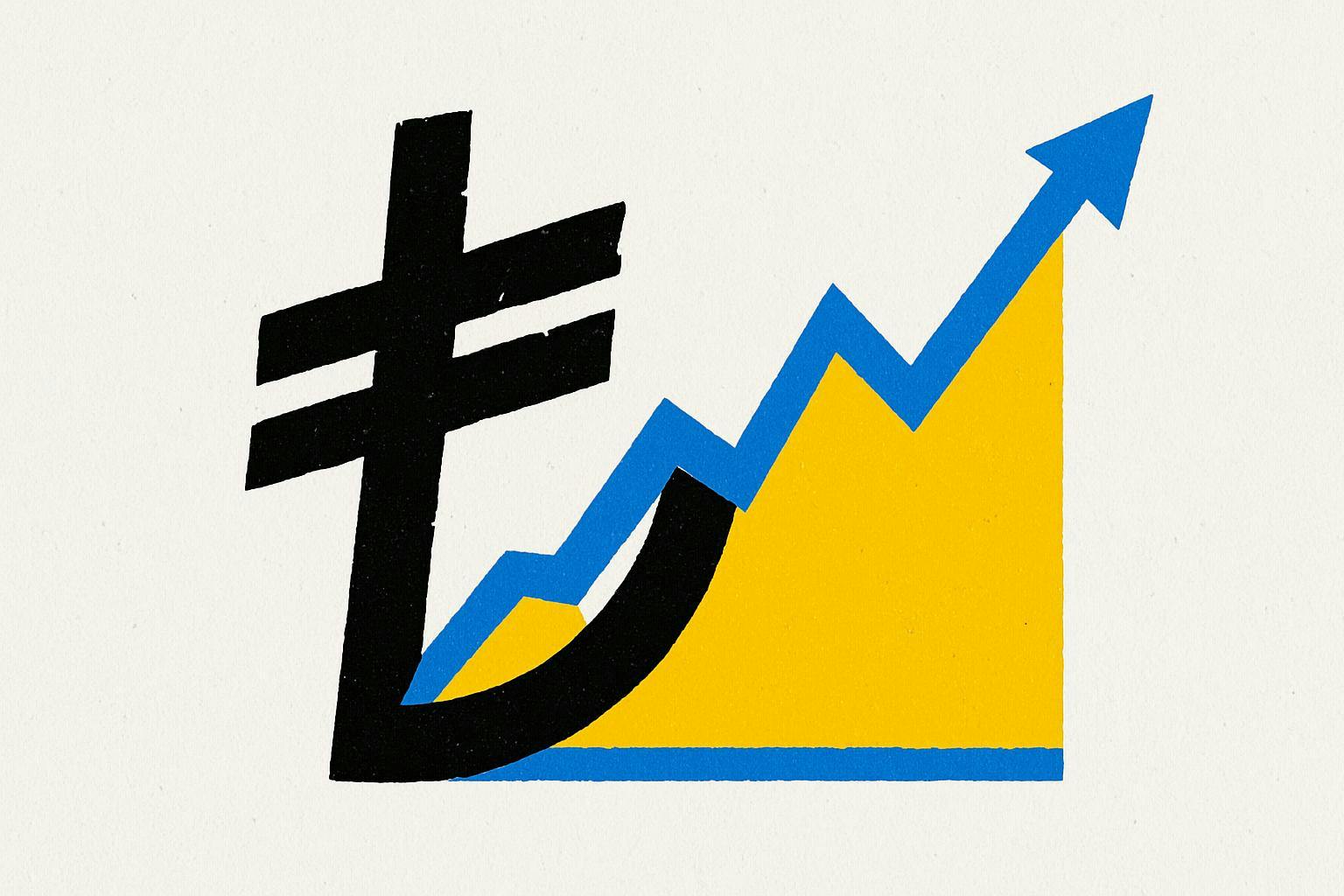US-Turkey Economic Dance: Lira Moves, BIST 100 Retreats
What’s going on here?
The Turkish lira slipped to 38.6630 against the US dollar, underscoring persistent economic challenges, while the BIST 100 index dipped 0.66% to 9,074.62 points, reflecting cautious investor sentiment despite a global easing of US trade tensions.
What does this mean?
Turkey’s currency and stock market are dealing with a complex environment. The lira’s drop reflects broad economic uncertainties, including geopolitical tensions and domestic fiscal health. While Turkey’s financial oversight is active, with the Turkish Treasury releasing cash balances and the Central Bank updating monetary statistics, there are positive global signals: the US dollar’s resilience is bolstered by progress in trade talks, easing Federal Reserve rate cut speculations. Amid these dynamics, Turkey’s strategic international engagements, from the EU to AI innovations, could influence its economic direction. However, the BIST 100’s decline points to investor caution about Turkey’s economic outlook, despite these international shifts.
Why should I care?
For markets: Watching global cues closely.
Investors are keeping a close eye on Turkey’s financial environment, from the lira’s weakening to the BIST 100’s drop. The US dollar’s strength amidst eased trade tensions and a steady Federal Reserve outlook presents both challenges and opportunities for Turkey in the global market landscape.
The bigger picture: Global ties and local vigilance.
Turkey’s engagement in international discussions, such as EU meetings and AI summits, highlights its efforts to balance geopolitical relations with technological and trade advancements. With fiscal and policy shifts pending, Turkey continues to be a significant player on the evolving economic stage.



